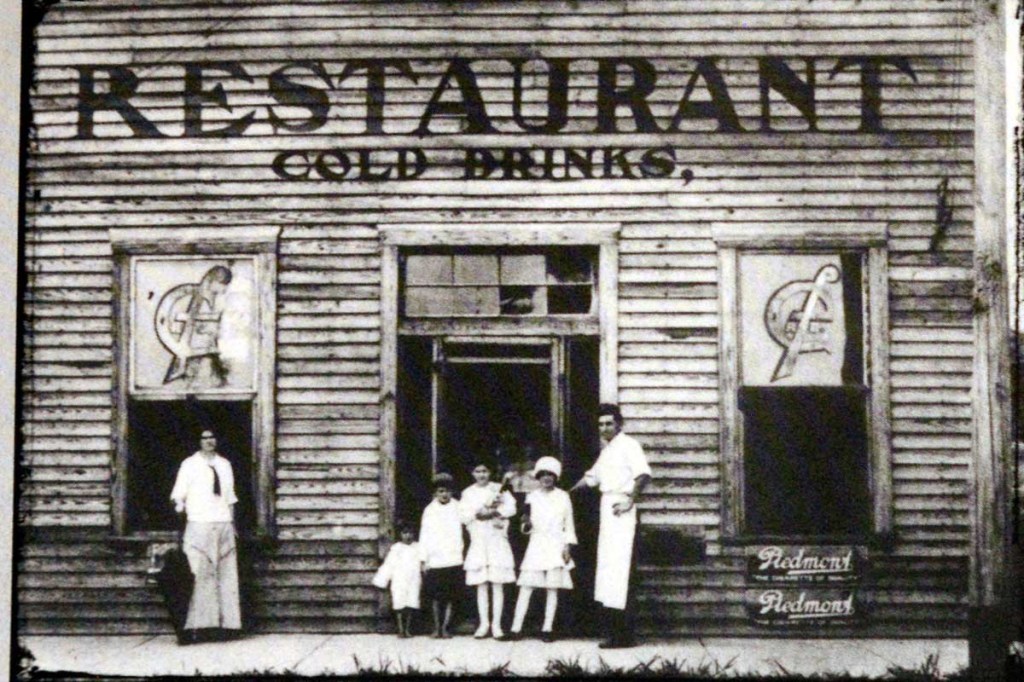Smithsonian Institution’s Museum on Main Street
Published 8:00 am Monday, June 2, 2014

- Gravette Cafe.jpg
More than 25 Pell City residents will be featured in a video produced by Alabama Public Television (APT) as part of “The Way We Worked,” the Smithsonian Institution’s Museum on Main Street exhibition.
The exhibit opens July 19 in Pell City at the Center for Education and continues through Aug. 23. It will include items from the Smithsonian’s collection and local exhibits, programs, and events.
Like the exhibit, the APT film is made possible through a partnership with the Alabama Humanities Foundation.
“We cannot thank Alabama Humanities enough for giving us the ability to present an exhibition of this magnitude in our town,” said Pam Foote, who is coordinating “The Way We Worked” project for Pell City. “Many of our citizens would not have been able to see an actual Smithsonian exhibit had it not been for this opportunity, and the support, financial and otherwise, from Alabama Humanities.
A Pell City Works Committee is putting together local exhibits and planning programs in conjunction with the exhibition so that Pell City and St. Clair County can “put their signature on this regional event,” Foote said. “It offers us a rare chance to really explore our own history and share it with our children.”
Trending
A website has been launched at www.pellcityworks.com, and news and scheduling will be listed there as plans develop. The committee also has a Pell City Works Facebook page, and members encourage citizens to ‘like’ it and follow the plans as they are unveiled.
Those who may have artifacts or old photos they would like to be considered for inclusion in the local exhibits are asked to contact Jeremy Gossett or Danny Stewart.
“Our committee and subcommittees are really working hard to make this an event to remember,” Foote said. “And the entire community is invited to the opening ceremony at 10 a.m. on July 19.”
To prepare the film, members of the APT crew asked Pell City residents to share their oral histories in an old photomat booth named, “The Box.” They also filmed points of interest in and around the city. The video will be played on CEPA’s new big screen in the theatre on a loop throughout the exhibition period.
Among those giving oral histories was retired Pell City High School head football coach Pete Rich, who recalled the lessons he learned from his parents and grandparents, which he passed down to his players. “I always told them, you’re not what you are because of what happens to you but how you respond to what happens to you,” Rich said.
J.T. Carter spoke about his careers. He taught trade school, a place where he said he learned life skills and how to deal with people.
Carter called his dream job it politics, which he said evolved into a lesson in community service. He served as city councilman, city school board member and a member of the Industrial Development Board. “One of my dreams was to help better this community,” he said.
Businessman and former councilman Roy Holladay remembered his father’s service station and the work ethic he learned there. “My dad’s philosophy was that the customer is always right, and that followed me all my life.” He retired after a successful career in several businesses.
Wayne Spradley, a nationally recognized watercolor artist, looked back on his early years and spoke of the impact his teachers, principal Iola Roberts, and the outdoors had on his life’s work. In seventh grade, his first art teacher asked her students what they wanted to do in life. “I said, play football, sailor and artist. She liked to jerk my ear off. She wanted me to just be an artist.”
Spradley’s paintings now reside in collections all over the country.
Deanna and Barnett Lawley coordinated the oral history part of the project for the committee. “The stories were so touching, and they gave us a real glimpse into our community’s rich heritage of work,” Deanna Lawley said.
“A lot of the questions are pretty typical and sometimes generic or mundane,” said Mike Letcher, APT’s project coordinator. “But over time, what’s really interesting about it is that the whole is greater than the sum of its parts. There are similarities and colorful differences between people. And there’s a common thread.
“In the end, you put all of that together and you get a feel for Alabama people and work and the common thread we all share. It’s more interesting than one person’s story.”


